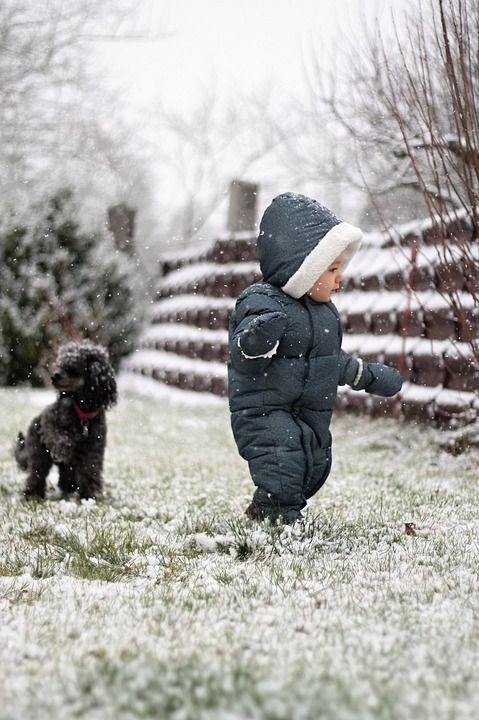**Header 1: How to Teach Dogs to Come When Called Off-leash**
*Sub-Header 1: The Importance of Teaching Your Dog to Come When Called*
Introduction to the significance of teaching the “come” command for off-leash control and safety.
*Sub-Header 2: Establishing a Solid Foundation*
Explaining the importance of building a strong bond with your dog and establishing trust before attempting off-leash training.
*Sub-Header 3: Mastering the “Come” Command on Leash*
Step-by-step guide on training your dog to respond reliably to the “come” command while on a leash. Emphasize the use of positive reinforcement, consistency, and patience.
*Sub-Header 4: Gradual Transition to Off-Leash Training*
Guidance on gradually transitioning from on-leash to off-leash training. Stress the importance of using a secure, enclosed area when starting off-leash training.
*Sub-Header 5: Choosing the Right Environment for Off-Leash Training*
Tips on selecting an appropriate environment for off-leash training, considering factors such as distractions, safety, and legal restrictions. Emphasize the need for a controlled and safe space.
*Sub-Header 6: Gradually Increasing Distance and Distractions*
Instructions on gradually increasing the distance between you and your dog while reinforcing the “come” command. Discuss techniques for managing distractions and maintaining focus.
*Sub-Header 7: Proofing the “Come” Command in Different Environments*
Explaining the importance of practicing the “come” command in various locations and situations to ensure your dog’s reliability. Provide tips on reinforcing the command in different environments.
*Sub-Header 8: Common Mistakes to Avoid*
Highlight common mistakes that owners should avoid during off-leash training, such as punishment-based methods or inconsistent reinforcement. Encourage positive reinforcement and consistency.
*Sub-Header 9: Troubleshooting Challenges*
Addressing common challenges that owners may encounter during off-leash training, such as stubbornness or fearfulness. Offer solutions and techniques to overcome these challenges.
**FAQs – Frequently Asked Questions**
*Q1: How long does it usually take to train a dog to come when called off-leash?*
Provide a general timeframe for training, emphasizing that it varies depending on the dog’s breed, age, and individual temperament. Discuss the importance of patience and consistency.
*Q2: Should I use treats to reinforce the “come” command during off-leash training?*
Explain how treats can be an effective tool for positive reinforcement during training. Emphasize the importance of gradually reducing treat reliance over time.
*Q3: How can I prevent my dog from getting distracted during off-leash training?*
Offer tips on managing distractions during training, such as starting in a low-distraction environment and gradually increasing distractions over time. Suggest using high-value rewards to maintain focus.
*Q4: My dog is fearful of off-leash training. What should I do?*
Provide guidance on gradually introducing off-leash training to a fearful dog, emphasizing the need for patience, positive reinforcement, and consulting with a professional dog trainer if necessary.
*Q5: Can I trust my dog to come when called in a public park?*
Explain that trust should be earned gradually, and it’s essential to assess your dog’s reliability in different environments before attempting off-leash activities in public spaces. Encourage the use of a long-line or other safety measures initially.
*Q6: Is it possible to train a senior dog to come when called off-leash?*
Assure owners that age is not a barrier to training, and older dogs can learn new commands. Suggest modifying the training approach to accommodate any physical limitations the dog may have.
By following the above headings and sub-headings, you can create an informative dog behavior article that guides dog owners on how to teach their dogs to come when called off-leash. The FAQs section at the end addresses common concerns and provides additional insights for readers.









